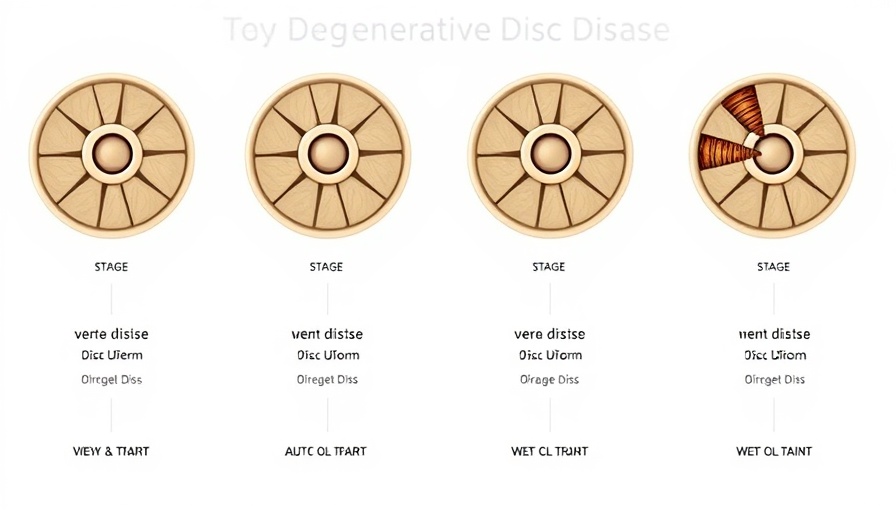
Understanding Degenerative Disc Disease and Its Symptoms
Degenerative disc disease involves the gradual wear and tear of spinal discs, often resulting in discomfort and stiffness. While aging plays a significant role in this process, many individuals experience little to no pain. It's crucial to recognize each stage of this condition for timely intervention.
The Four Stages Explained
The development of degenerative disc disease occurs in four distinct stages, each characterized by specific changes and symptoms:
- Stage 1: Minor spinal curvature changes happen, often undetected. Early attention can prevent further degeneration.
- Stage 2: Noticeable disc thinning and bone spurs may arise, causing pain as the spinal canal narrows.
- Stage 3: Increased pain and reduced mobility characterize this stage, along with nerve damage due to scar tissue formation.
- Stage 4: This severely advanced stage sees extreme disc shrinking or complete loss, leading to significant pain and limited spinal flexibility.
The Benefits of Chiropractic Care
Chiropractic treatment is a non-invasive alternative to manage chronic pain associated with degenerative disc disease. Regular adjustments can restore spinal alignment, mitigating nerve compression and easing discomfort.
Choosing Early Intervention
It’s vital to seek chiropractic care early on to effectively manage symptoms and slow down the progression of degenerative disc disease. By taking proactive steps towards a healthier spine, individuals can significantly improve their quality of life.
 Add Row
Add Row  Add
Add 




Write A Comment